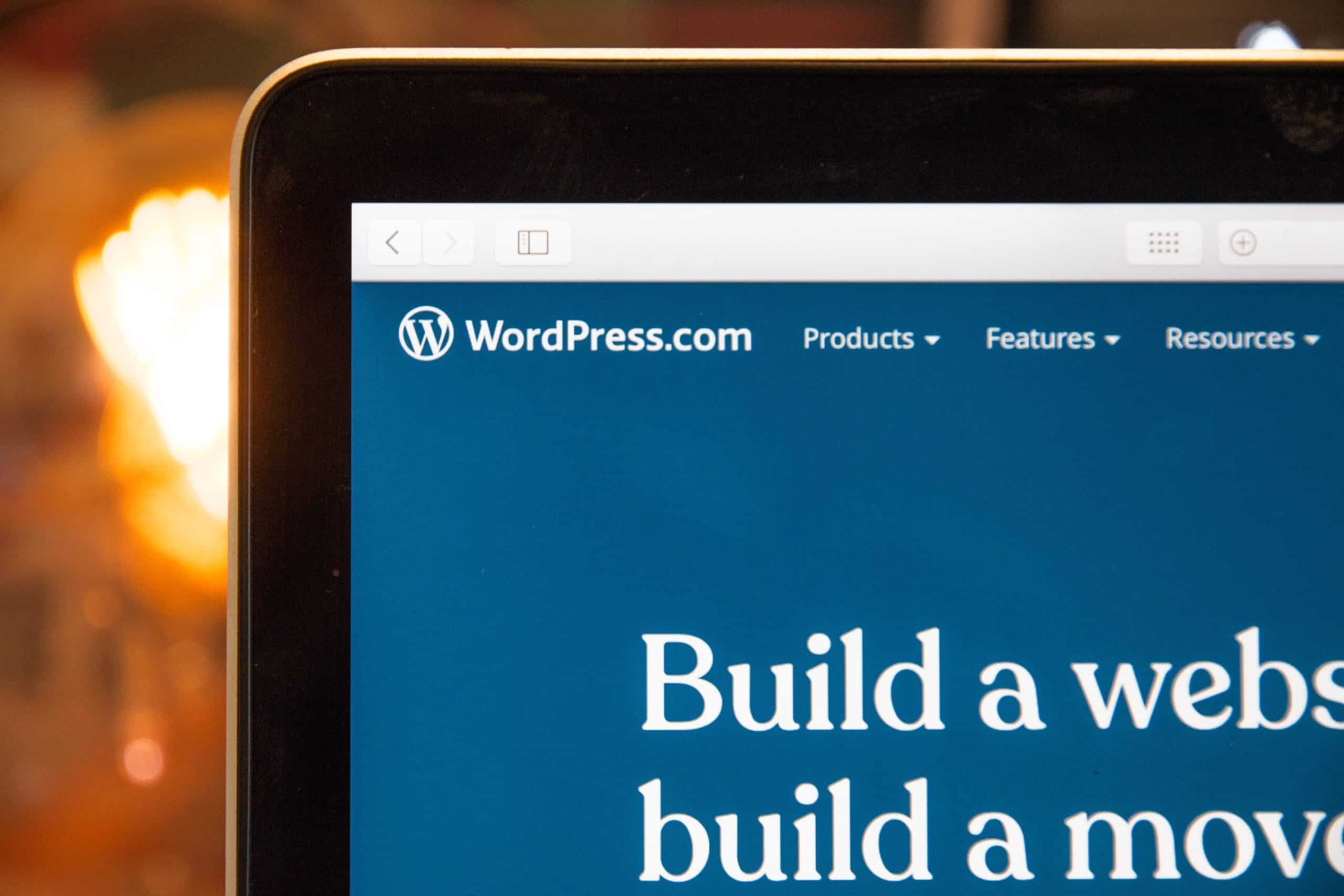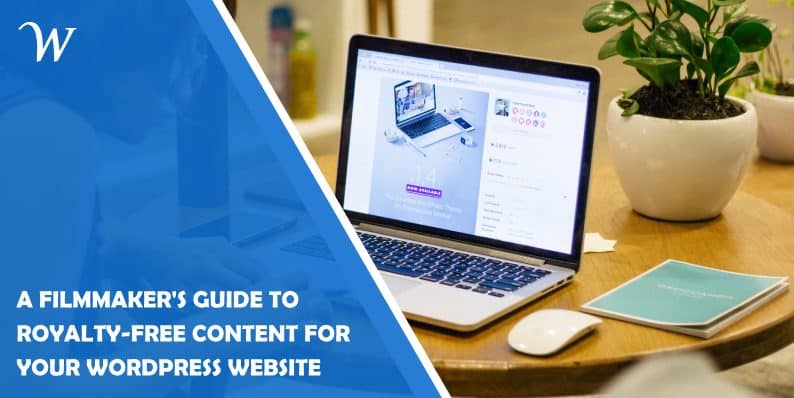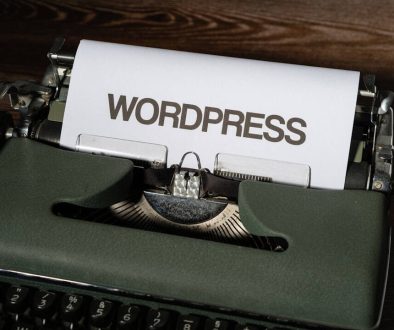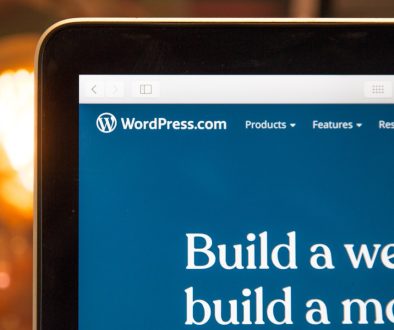A Filmmaker’s Guide to Royalty-Free Content for Your WordPress Website
As a creative, you’re constantly on the hunt for the perfect elements to bring your vision to life. Whether it’s a stunning image, a gripping video clip, or an evocative piece of music, the right content can elevate your website from good to unforgettable. But let’s face it, navigating the world of licensing and legalities can be a bit difficult. That’s where understanding royalty-free content becomes an important aspect. It’s not just a convenient option; it’s a strategic choice that can empower your creative journey. In this guide, we’ll dive into what royalty-free really means, how you can leverage it to its fullest, and the crucial legal and ethical considerations you need to be aware of.

Royalty-Free and What It Means for Visual Artists
So, let’s break it down: what does royalty-free mean? When you hear ‘royalty-free,’ think of it as a one-stop payment deal. You pay once, and that’s it – no ongoing fees, no matter how many times you use it. This concept is super handy in the creative world. It’s like buying a tool for your toolkit – once you’ve bought it, it’s yours to use over and over, without extra charges. This approach is a stark contrast to traditional licensing where you pay royalties each time your chosen content is used.
Now, diving deeper into royalty-free content, it’s not just about images. It’s a broad term that covers all sorts of digital goodies – music, videos, and yes, stunning photos. The beauty here is in the flexibility. Royalty-free content fits into your projects like a dream, allowing you to use it in various ways without worrying about the legal side of things. And no one wants to land in any legal trouble.
Speaking of legal stuff, it’s crucial to chat about intellectual property law. It’s the rulebook that guides the usage of creative works. When you’re dealing with royalty-free licenses, you’re essentially getting a pass to use someone else’s creative output within the boundaries of the law.
This doesn’t mean the work is free or devoid of copyright. Instead, a royalty-free license means you’re respecting the creator’s rights while using their work within certain limits. It’s a win-win – you get the content you need, and the creator’s rights are protected. Remember, always read the fine print of these licenses. They’re not one-size-fits-all, and details like whether you can modify the content or use it commercially can vary.
Leveraging Royalty-Free Assets and Maximizing Creative Potential
Royalty-free images and other assets can be a real lifesaver for filmmakers and photographers. Picture this: you find the perfect image or clip that speaks volumes in your project. With royalty-free assets, you can integrate these elements into your work without the headache of tracking and paying ongoing fees. This freedom opens up a world of creativity, letting you mix and match various elements to tell your story more effectively.
It’s like having an all-you-can-eat buffet of visual options at your fingertips, all without the worry of a hefty bill at the end. And while we’re at it, utilizing tools like Warp Stabilizer in your editing software can significantly enhance the quality of your royalty-free footage, ensuring that even hand-held shots look smooth and professional.
But it’s not just about the ease of use. When you opt for royalty-free content, you’re also signing up for a hassle-free experience. That means no more negotiating contracts for each asset, no complex calculations of royalties due after every use. This simplicity means you can focus more on the creative side of your projects. It’s especially beneficial if you’re juggling multiple projects at once or working under tight deadlines. Plus, the upfront pricing model of royalty-free content helps in budgeting, keeping financial surprises at bay.
However, remember that ‘royalty-free’ doesn’t always mean free. You’re still paying for the initial license. But once that’s out of the way, the asset is yours to use in accordance with the license terms. These terms can differ, so always check them. They’ll tell you if you can modify the asset, share it, or use it for commercial purposes.
And a pro tip: keep an eye on how you use cookies and data on your platforms. It’s vital to respect user privacy and comply with laws, especially when you’re showcasing your work online. Plus, tracking how your audience interacts with your content can give you invaluable insights, helping you tailor your work to resonate more with your audience.
Legal and Ethical Considerations for Intellectual Property
Navigating the world of royalty-free content isn’t just about picking the prettiest pictures or the catchiest tunes. It’s also about understanding and respecting the rules of the game – and that’s where intellectual property law comes into play. This law is what keeps the creative world fair and balanced. When you use royalty-free content, you’re agreeing to honor the creator’s rights while benefiting from their work. Sure, you don’t have to pay royalties each time you use the asset, but that doesn’t mean there aren’t rules to follow. These rules help protect both your interests and those of the original creator.
Understanding royalty-free licenses is crucial here. Each license spells out how you can use the content. Some might let you tweak the asset to fit your project, while others might have strict no-edit rules. And let’s not forget about usage rights – some licenses allow you to go wild with commercial use, but others might restrict you to non-commercial projects only.
It’s like a road map for each asset – it guides you on where you can go and where you should stop. This is why diving into the details of each royalty-free license is as important as choosing the content itself, so be sure to read your licensing agreements carefully.
Lastly, as a creator in the digital age, you’ve got to be tech-savvy, especially when it comes to how you use cookies and other kinds of data on your website or platform. It’s not just about following the law; it’s about building trust with your audience. Be transparent about how you collect and use data. And while you’re at it, make sure to track outages and protect your online content. Remember, your digital presence is often the first thing people see, and you want to make a great impression. Keeping your site running smoothly and respecting visitor privacy can go a long way in establishing your reputation as a professional and ethical creator.

Final Thoughts
Using royalty-free content can feel like unlocking a treasure trove of creative possibilities. It streamlines the process, allowing you to focus on what you do best – creating stunning visual stories. By understanding the ins and outs of royalty-free licenses and the nuances of intellectual property law, you position yourself not just as a creator, but as a savvy professional who respects the rules of the game. And in a world where digital presence is king, being mindful of how you use cookies and data, and ensuring your online platforms are robust, only enhances your credibility. So, whether you’re a seasoned filmmaker, a budding photographer, or anywhere in between, embrace the power of royalty-free content. It’s more than just a convenient option; it’s a pathway to untapped creativity, balanced with responsibility and professionalism.
- How to Boost Your Casino Site’s Visibility with SEO - July 18, 2025
- What Makes Onboarding Workflow Software Effective for New Hire Processes? - February 11, 2025
- The Best Tools for SEO Analysis and Optimization - July 31, 2024
Where Should We Send
Your WordPress Deals & Discounts?
Subscribe to Our Newsletter and Get Your First Deal Delivered Instant to Your Email Inbox.



